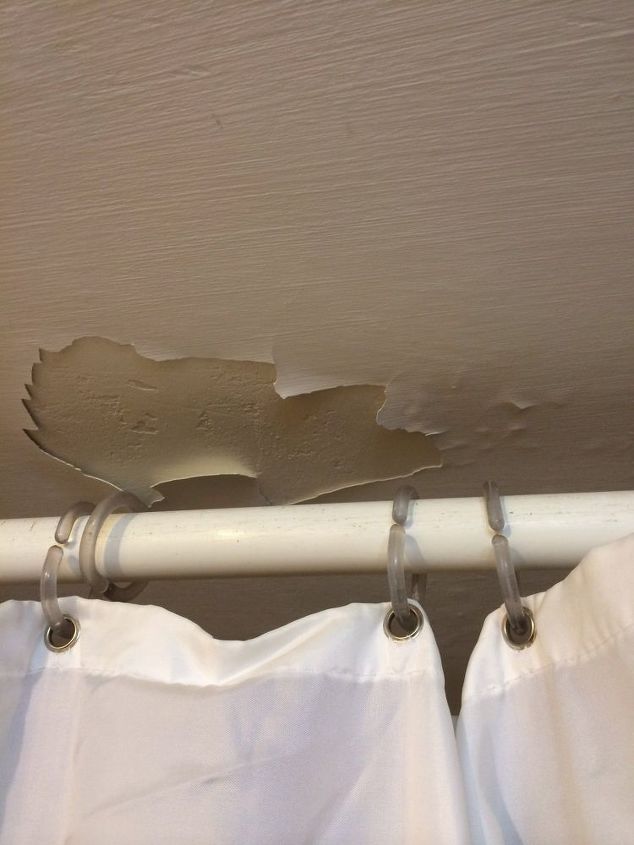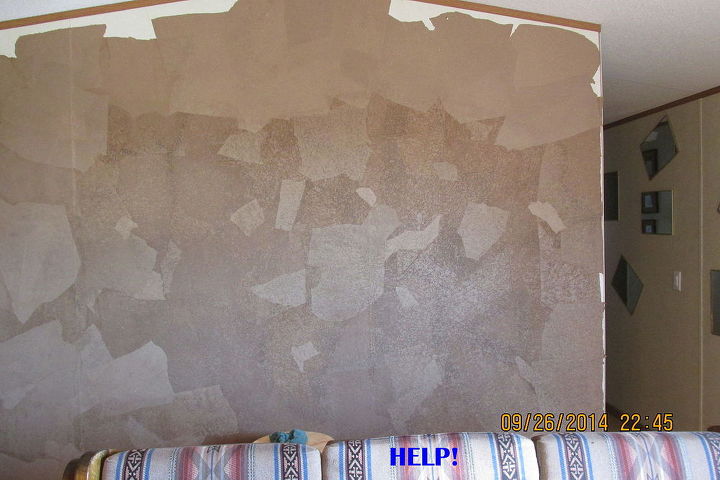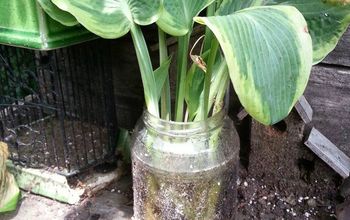Has anyone applied joint compound to Tyvek and how did it work out?

-
I could be wrong as I haven't tried it, but Tyvek is a woven fiber material and is designed to be non-stick. I'd try it on a small board first, but I wouldn't be optimistic about the paint sticking to it. You might try newsprint as your covering material, as you're going to be covering it with joint compound anyway. Whatever you use, be sure to get a solid adhesion between your new material and the wall. If your wallpaper is falling off now, you can't count on it to hold the new stuff.
 Doug Hardy
on Jan 18, 2016
Helpful Reply
Doug Hardy
on Jan 18, 2016
Helpful Reply -
-
Tyvek is a product for stopping air from coming in from the outside to an indoor space. I'm assuming that the walls inside your shed are a wood product, so I would recommend that you remove the wallpaper and it's backing, then properly prepare the surface for painting. If there are holes in the walls, then repair those areas with holes before painting the walls. You can also remove the wallpaper, repair holes apply the Tyvek, then put up cedar, which will repel bugs, just remember that it should not be painted for its the smell of the cedar that repels the bugs, or you could instead put up Hardy Board, which comes in different designs and can be painted (this product is cement based and is fire retardant as well).
 LD
on Jan 18, 2016
Helpful Reply
LD
on Jan 18, 2016
Helpful Reply -
-
Are you talking about Tyvek home wrap? Tyvek is used as a moisture barrier for the exterior of a home prior to adding the façade. It allows air to circulate so mold won't develop and the exterior plywood doesn't rot. They sell a special tape to adhere it so you can seal it around the edges of windows and doors or you can use a carpenters staple gun (although a pneumatic gun works best so your arms won't tire.) If you want to use it for that purpose then it needs to go on the outside of the building. If you're just trying to cover a wall then I guess you could staple it at the ceiling and baseboard and use the tape to join the seams.
 Mandy Brown
on Jan 18, 2016
Helpful Reply
Mandy Brown
on Jan 18, 2016
Helpful Reply -
-
if you want to maintain or increase property value, do it right; take down wallpaper, prime walls properly and paint.
 Johnchip
on Jan 18, 2016
Helpful Reply
Johnchip
on Jan 18, 2016
Helpful Reply -
-
Also.... I live in a mobile home. I hate those molding strips they use when two panels are joined. If the shed works, then I'd like to use spray adhesive and tyvek to cover the seams and resist cracking due to movement, (I already have the Tyvek Tape) and then I'd apply joint compound and paint. But, I am starting in the shed. This is to replace vinyl wallcovering in the shed which I can't afford.
 Slgibbs1
on Jan 19, 2016
Helpful Reply
Slgibbs1
on Jan 19, 2016
Helpful Reply -
-
I, like Johnchip would do it right and forget about the Tyvek, if you want it to last, start from scratch and take your time you will be happy that you did.
 Carolyn Faye Blizzard Lanier
on Jan 21, 2016
Helpful Reply
Carolyn Faye Blizzard Lanier
on Jan 21, 2016
Helpful Reply -
-
Tyvek is flexible, and unless you glue down the entire surface, joint compound will probably crack and fall off after it dries. If you want to use the Tyvek, just painting it might work better.
 Darla
on Jan 21, 2016
Helpful Reply
Darla
on Jan 21, 2016
Helpful Reply -
-
good idea. Thanks
 Slgibbs1
on Jan 22, 2016
Helpful Reply
Slgibbs1
on Jan 22, 2016
Helpful Reply -
Related Discussions
How to get rid of mice?
We seem to have some unwelcome Mickeys and Minnies in our house. What is the best way to get rid of them?
How to remove popcorn ceiling with asbestos?
I want to remove my popcorn ceiling, but it has asbestos in it. How do I go about this safely?
How to caulk baseboard gaps?
How do I fill gaps at baseboard, should I caulk? If so, does anyone know how to caulk baseboards?
How to fix squeaky hardwood floors?
How do I fix squeaky hardwood floors?
Water damage on bathroom ceiling
I am about to patch up this water damage on a low bathroom ceiling. What can i paint/seal the entire ceiling with to minimize future water damage? the ceiling is very... See more
Brown paper floor/wall help
I have purchased a brown roll of paper because I wanted a consistent "vein" look through out the walls and the brown paper bags I was getting would sometimes be "vein... See more





